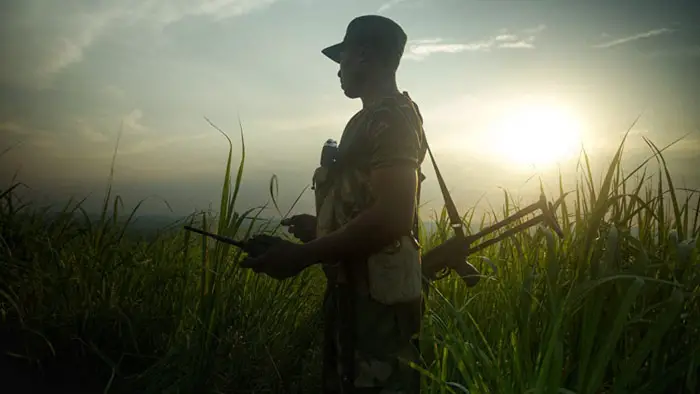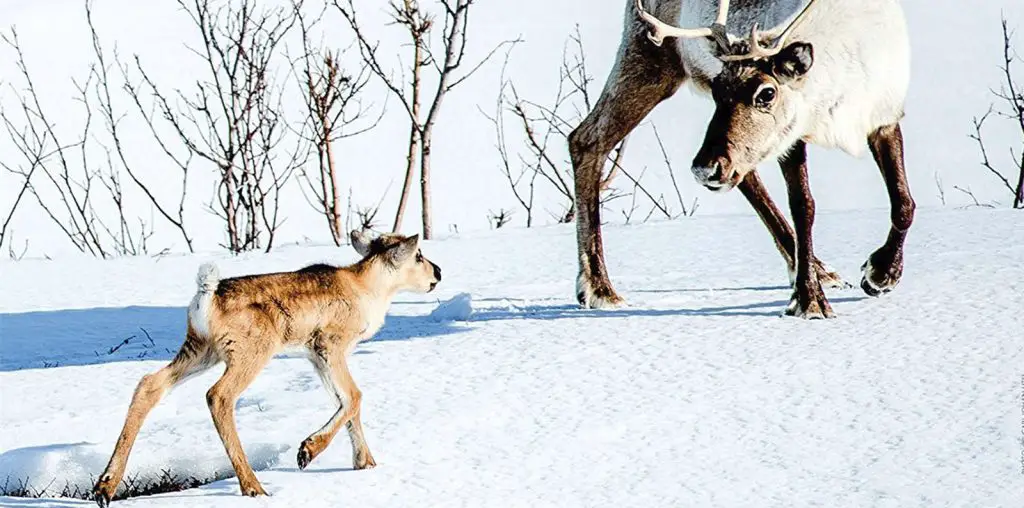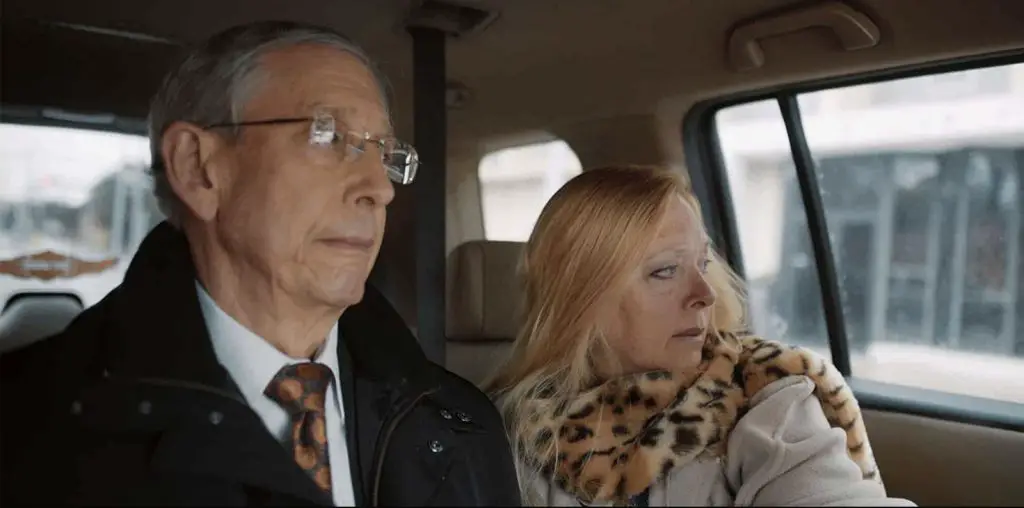
Director Kate Brooks is largely known for her work as a war photojournalist, covering the human atrocities resulting from conflicts such as the U.S. invasion of Iraq, the Cedar Revolution, the Afghan elections, and skirmishes within the infamous Gaza Strip. But her directorial debut, The Last Animals, covers an altogether different war: a one-sided battle in which each casualty brings several species to the brink of extinction.
The documentary is a passion project for Brooks, who takes viewers to the frontlines of the worldwide illegal exotic animal trade, primarily the ivory trade and the horns of critically endangered White Rhino. As of the filming, there were five rhinos in existence. Today there are only two. The director brings a measured, journalistic eye, and as difficult as it may be when dealing with such a subject, the movie also serves as a testament to the brave sentinels of the remaining animals, whose lives are at risk against the stealthy poachers.
Fueled by outdated superstition and greed, the pursuit of rhino horns and elephant tusks remains a global pandemic despite dwindling numbers. The illegal trade is primarily funded by corrupt governments that would rather reap the rewards of trinkets than preserving a species. Adding to the hunted animals’ dwindling numbers is the loss of natural habitats and food sources, and their fight for survival seems all the more daunting.

“…takes viewers to the frontlines of the worldwide illegal exotic animal trade…”
Brooks opens the film with undercover footage within the street markets in which rhino horn bracelets and ivory sculptures can fetch thousands of dollars. She takes us to the sanctuaries that stand guard over these creatures, talks to the scientists who desperately struggle to find artificial ways to save them, and the aforementioned armed park soldiers. Brooks also spends time with Albert Wasser, a conservation biologist at the University of Washington, who is his own CSI: Ivory Trade, and can extract DNA to find the source of much of the slaughter.
Documentaries such as The Last Animals run the risk of sliding into sentimentality, and though it’s quite easy to understand why, it can mute the message being delivered. Not so, here. The filmmaker declares early on that these animals gave her stability in turbulent times. But from there, the movie stares unblinkingly into the issue, weaving together all facets affected by it.
The result is undoubtedly a tough watch at times, but to miss it would be turning the same blind eye that so much of the world has done to these creatures. There are flashes of hope within, including some justice brought to one of the world’s most notorious ivory traders and increased awareness on a global scale.
Ultimately, The Last Animals remains a sober glimpse into a crisis playing out directly in front of us that can be changed. It presents viewers with a challenge and the various ways a global community is racing to help reverse it. But the heroes for them are an endangered species as well, and what becomes of these creatures will rely on films such as this becoming part of the collective consciousness. The future of White Rhinos appears to be too dire for such a turnaround, but countless other species are teetering on that edge and could benefit from any action on their behalf.

"…there are flashes of hope within..."


